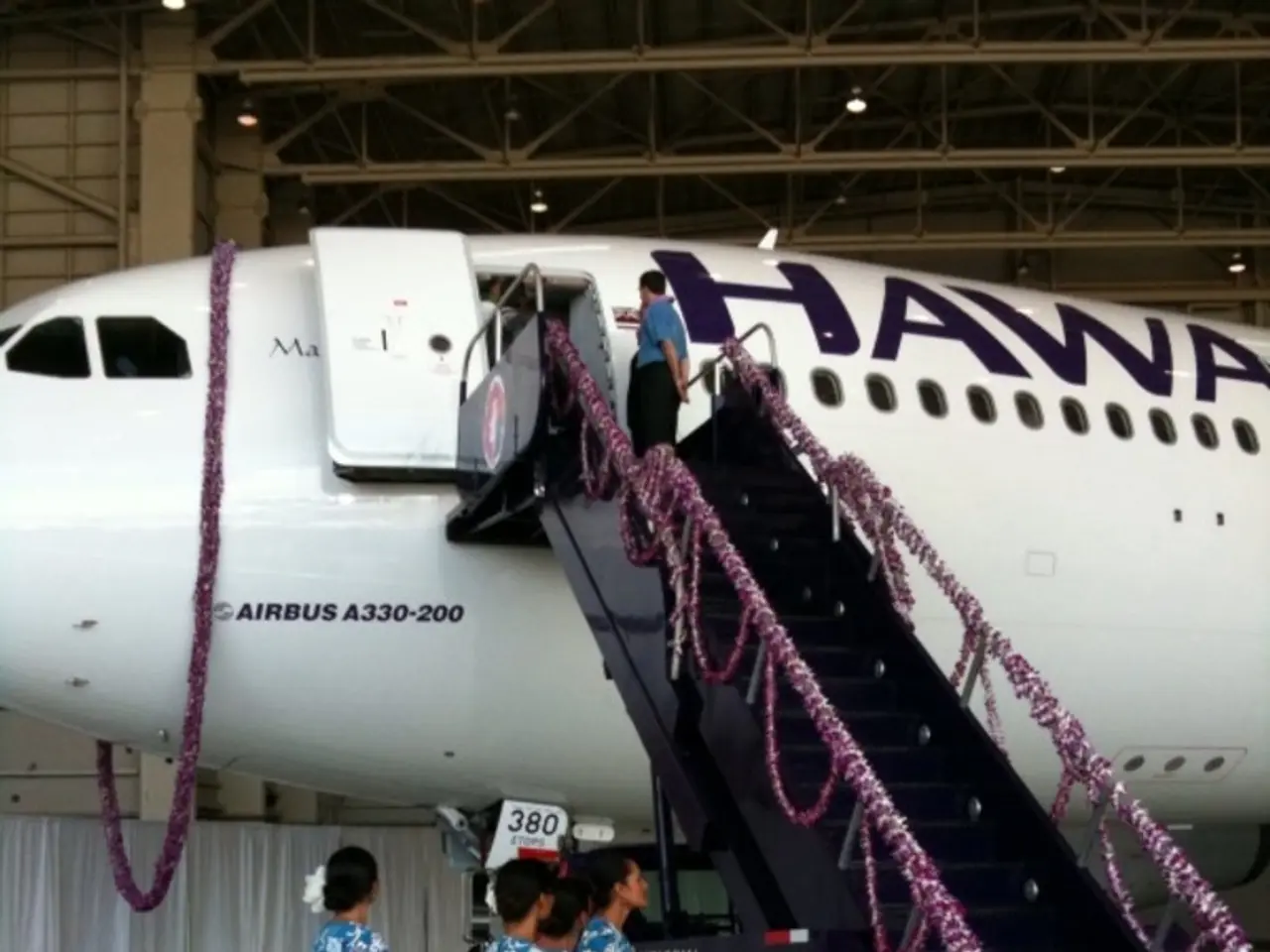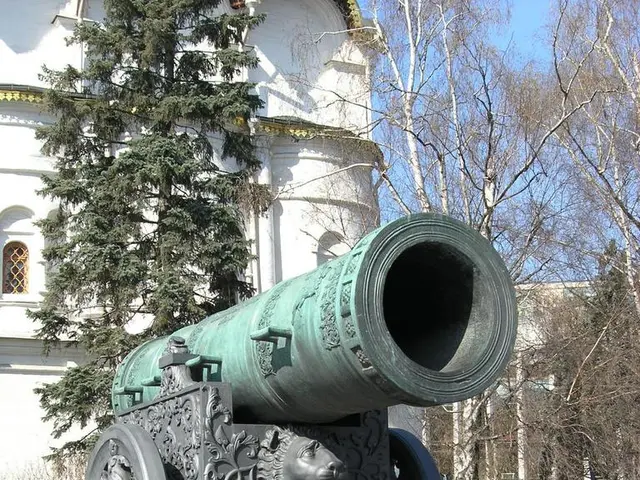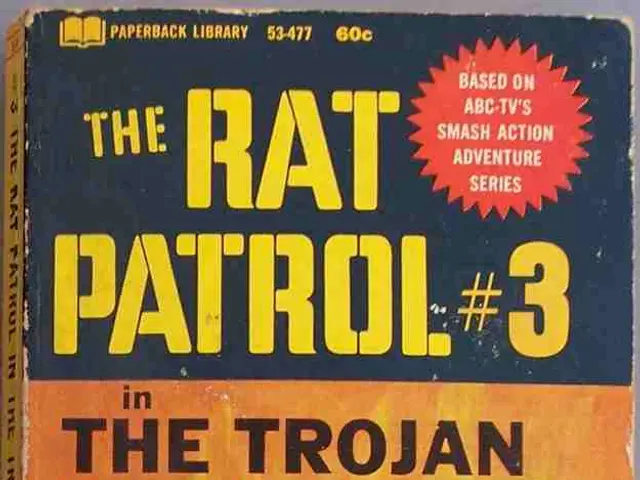Classified Aircraft Enigma Project (CAEP)
The Advanced Aerospace Threat Identification Program (AATIP) was a significant U.S. government-funded initiative established in the early 2000s, under the guidance of former U.S. Senator Harry Reid. The program, which ran from 2007 to 2012, was primarily aimed at investigating unidentified aerial phenomena (UAPs) that might pose national security threats.
At the helm of the AATIP was Luis Elizondo, a former military intelligence officer, who led the program under the Defense Intelligence Agency (DIA). Key individuals, ranging from military experts to physicists, contributed to the program, underscoring its gravity and breadth.
One such individual was Eric Davis, a physicist who worked as a consultant for the AATIP and was involved in research into UAPs and exotic propulsion systems. Hal Puthoff, another physicist and paranormal researcher, also played a part in the AATIP's research into exotic propulsion systems.
Robert Bigelow, known for his interests in UFOs and fringe science, was a key figure in the AATIP as the principal contractor through his company Bigelow Aerospace. Bigelow oversaw the contract awarded by the DIA to conduct AATIP’s investigations and produced numerous reports between 2008 and 2012.
Christopher Mellon, a former Deputy Assistant Secretary of Defense for Intelligence, was a member of the AATIP's external advisory board. After Elizondo's resignation, Mellon joined the To the Stars Academy of Arts and Sciences (TTSA) alongside him to promote UFO transparency initiatives, though this role was outside the direct government-run AATIP.
The DIA itself hosted the program under its Defense Warning Office, signaling institutional involvement beyond individual contractors and project leads. However, specific names of other DIA personnel involved internally during AATIP’s operation have not been widely publicized in public sources.
Recent years have marked a shift towards transparency in discussions about UAPs, led in part by figures like Elizondo and Mellon advocating for deeper probes into these mysteries. This shift is further evidenced by the surge in media attention and dedicated research like Christopher Mellon's "Unidentified," which is helping to shape the evolving narrative surrounding UAPs and the government's role in their investigation.
As the discourse surrounding UAPs and the government's role in their investigation continues to nudge towards open inquiry and perhaps, eventual disclosure, the contributions of individuals like Elizondo, Bigelow, and Mellon serve as a testament to the ongoing quest for understanding these mysterious phenomena.
| Individual | Role / Involvement | |-----------------------|-----------------------------------------------------| | Luis Elizondo | Head of AATIP project for DIA, Pentagon official | | Robert Bigelow | Owner of Bigelow Aerospace, AATIP contract manager | | Christopher Mellon | Former Pentagon official, TTSA co-founder post-AATIP |
[1] Tweet by Luis Elizondo, 16th April 2019, 2:47 PM PDT - https://twitter.com/LueElizondo/status/1117427655972250624 [5] To the Stars Academy of Arts and Sciences - About Us - https://www.tosacademy.com/about
- The Advanced Aerospace Threat Identification Program (AATIP), a government-funded initiative established in the early 2000s, aimed at investigating unidentified aerial phenomena (UAPs) that might pose national security threats.
- Overseeing the AATIP as a Pentagon official was Luis Elizondo, a former military intelligence officer, who led the program under the Defense Intelligence Agency (DIA).
- Robert Bigelow, recognized for his interests in UFOs and fringe science, was a crucial figure in the AATIP as the principal contractor through his company Bigelow Aerospace, responsible for conducting various investigations and producing numerous reports.
- Christopher Mellon, a former Pentagon official, joined the To the Stars Academy of Arts and Sciences (TTSA) alongside Elizondo following his resignation from AATIP, promoting UFO transparency initiatives but outside the government-run AATIP.
- Eric Davis, a physicist, served as a consultant for the AATIP, contributing to research into UAPs and exotic propulsion systems, while Hal Puthoff, another physicist and paranormal researcher, was also involved in the AATIP's research.
- Not only individual contractors and project leads, but the DIA itself hosted and institutionalized the AATIP under its Defense Warning Office.
- Christopher Mellon has continued to shape the narrative surrounding UAPs with publications like "Unidentified," further pushing for transparency and deeper investigation into these phenomena.
- Recent shifts towards transparency and discussions about UAPs and the government's role in their investigation also involve the media, with dedicated research and growing attention from general news and even non-related industries like casino-and-gambling.
- Extraterrestrial life, paranormal activities, science, finance, lifestyle, business, technology, education-and-self-development, and sports are just some of the various domains that now intersect with the investigation of UAPs.
- Such integration has led to sleuths ranging from researchers to civilians taking interest, engaging with UAPs through hobbies and personal projects, affecting wider society and potential future collaboration across various industries.
- With growing acceptance of UAPs in modern discourse, the work of individuals like Elizondo, Bigelow, and Mellon will likely remain significant as benchmarks towards eventual disclosure of unidentified aerial phenomena.




